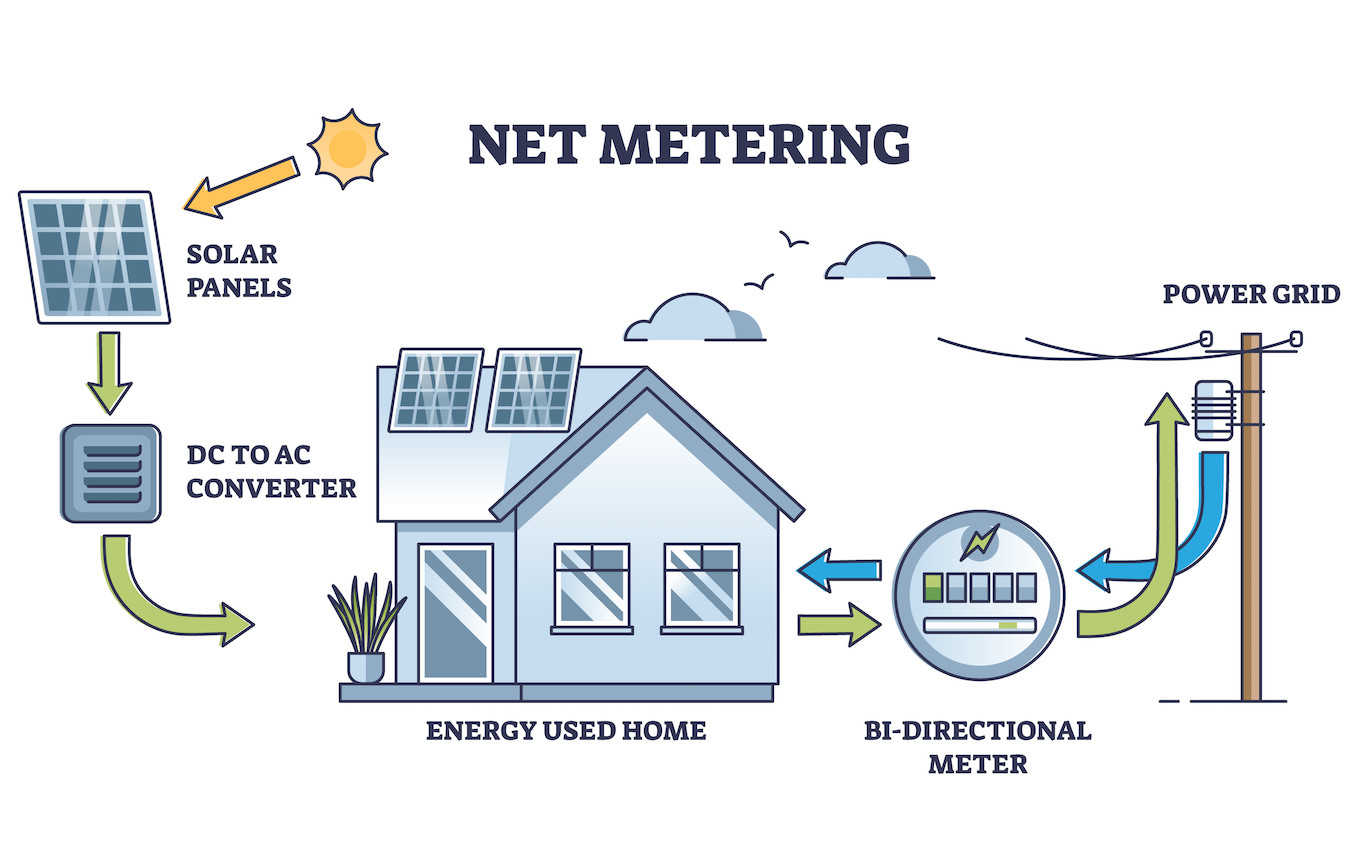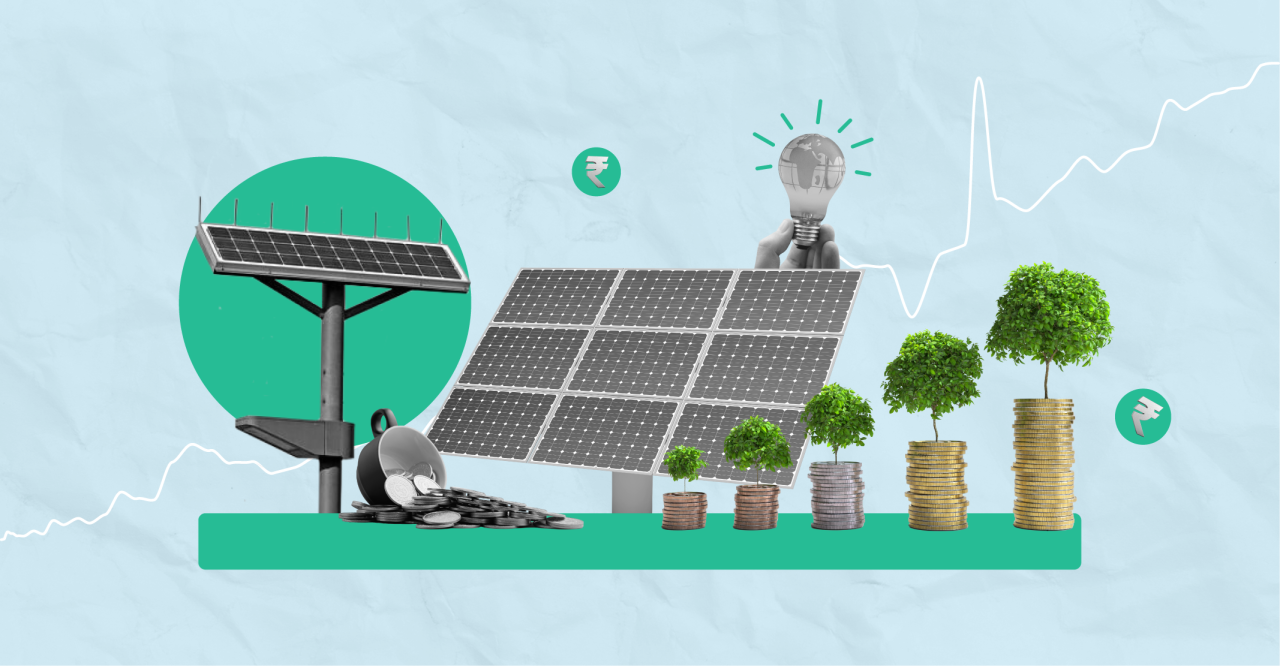The worldwide move towards renewable energy, especially solar power, is crucial for combating climate change and securing energy supplies. Areas abundant in sunlight and with significant energy demands present great opportunities for adopting solar energy. However, tapping into this potential demands collaborative efforts from different parties and the execution of well-thought-out plans. This essay will delve into efficient methods for encouraging the extensive adoption of solar energy globally, especially in regions rich in sunlight and with high energy requirements. By tackling obstacles to adoption and making the most of available opportunities, we can speed up the shift towards a sustainable energy landscape driven by solar power.
Promoting the adoption of solar energy on a global scale, especially in regions with high energy demand and ample sunlight, requires a multifaceted approach that addresses various barriers to adoption. Here are some strategies:
1. Financial Incentives:
Financial incentives are crucial for encouraging the uptake of solar energy. These incentives, like tax breaks, refunds, and subsidies, assist in overcoming the initial expense hurdle linked with installing solar panels. By lessening the upfront financial commitment, these incentives render solar energy more attainable and attractive to households and businesses alike. Furthermore, they spur market interest and promote increased investment in solar infrastructure, ultimately leading to cost reductions due to economies of scale. In summary, financial incentives are potent instruments that motivate individuals, businesses, and governments to adopt solar energy, thereby hastening the shift towards a more sustainable energy landscape.
2. Net Metering:
Net metering plays a crucial role in promoting the adoption of solar energy by allowing solar system owners to sell excess power to the grid, thereby offsetting their electricity expenses. This policy provides fair compensation for surplus electricity generation, encouraging investments in solar energy. By reducing electricity costs for solar system owners, net metering makes solar energy more economically attractive for residential and commercial users. Additionally, it supports grid stability by promoting distributed generation and easing the strain on traditional power sources during peak demand periods. Ultimately, net metering is essential for driving the widespread use of solar energy and building a more resilient and sustainable energy system.

3. Education and Awareness:
Standardized Permitting Procedures:
Implementing consistent processes for obtaining permits can significantly reduce the time and resources required for solar installations. This may involve pre-approved designs, simplified application forms, and clear guidelines for local authorities.
Online Permitting Systems:
Introducing digital platforms for permit applications and approvals can simplify the process, minimize paperwork, and improve communication among stakeholders. These systems can also provide real-time updates on application statuses.
Transparent and Uniform Regulations:
Clarity and consistency in regulations related to solar installations are vital for developers to navigate the permitting process efficiently. This includes establishing transparent guidelines for zoning, building codes, environmental assessments, and other relevant regulations.
Collaborative Interagency Efforts:
Collaboration among different governmental bodies involved in permitting and regulation can reduce redundancies and delays. Establishing effective communication channels and coordinating reviews can expedite the approval process.
Public Awareness and Engagement:
Educating the public about the benefits of solar energy and the permitting process can build support for solar projects and address opposition from local communities. This could involve outreach campaigns, workshops, and informational materials.
Incentivizing Expedited Reviews:
Providing incentives or fast-track review processes for solar projects that meet specific criteria, such as size, location, or environmental benefits, can encourage developers to invest in solar energy and streamline the permitting process.
Efficient Environmental Assessments:
While environmental assessments are crucial, streamlining the process without compromising environmental protection can speed up projects.
5.Partnerships and Collaborations
Partnerships and collaborations play a crucial role in advancing various aspects of the solar energy industry.
Here are the ways in which they contribute:
Industry-Government Partnerships:
Collaboration between solar industry stakeholders and government entities enhances policy development and implementation. By working together, governments can better understand market needs, identify obstacles, and create regulations that support the growth of the solar sector. Research and Development Collaborations: Joint efforts involving research institutions, universities, and private companies drive innovation in solar technology. These collaborations lead to the development of more efficient solar panels, energy storage solutions, and grid integration technologies.
International Partnerships:
Cooperation with other countries allows for the exchange of best practices, knowledge, and technology in solar energy. Global partnerships help nations address common challenges, leverage resources, and accelerate the deployment of solar projects worldwide.
Community and Nonprofit Partnerships:
Teaming up with local communities and nonprofit organizations helps address social and equity issues related to the adoption of solar energy. These partnerships support community-owned solar projects, workforce training programs, and initiatives that increase solar access for marginalized populations.
Financial Partnerships:
Collaboration among financial institutions, investors, and solar developers is essential for funding solar projects. These partnerships mobilize capital, reduce financing costs, and manage risks associated with solar investments.
Utility-Solar Developer Partnerships:
Working together, utilities and solar developers optimize the integration of solar energy into the grid. Joint planning, modernization efforts, and the development of policies and incentives promote solar deployment while ensuring grid reliability.
Supply Chain Partnerships:
Collaboration along the solar supply chain, from raw material suppliers to equipment manufacturers to project developers, fosters efficient operations and innovation. 
6. Financing Options
7. Incentivize Utility-scale Solar Projects:
Financial Incentives:
Renewable Portfolio Standards (RPS):
Net Metering Policies:
Streamlined Permitting and Regulatory Processes:
Public-Private Partnerships (PPPs):
Research and Development (R&D) Funding:














